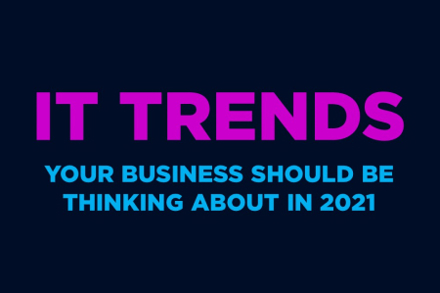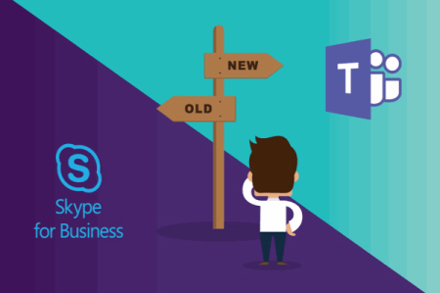In a nutshell, cryptojacking is the unauthorised use of some else’s computer to mine cryptocurrency using crypto mining code.
There are two main ways hackers can execute cryptojacking
One is to trick victims into loading crypto-mining code onto their computer using phishing tactics and the other is to inject a script onto a website or online advert that features on multiple different websites, which once visited or viewed, automatically executes the script.
Whichever method the hacker uses, it is very difficult for the victim to detect that something untoward is happening. In fact, the only real giveaways are things like high processor usage, slow response times, lags in execution and devices overheating. Remember, it’s not just your computer that can fall victim to hacking either, phones, tablets and even smart home devices could be affected.
So why are we writing about crypto-jacking today?
Well the consensus is this type of hacking is set to increase, in fact some have predicted that cryptojacking could be the new ransomware. Why? Well it’s still only in its infancy and that means there is a lot of room for growth and refinement in the area. On top of that, it’s a type of hacking that doesn’t require huge amounts of technical skill and would-be hackers can even buy cryptojacking kits on the dark web for less than a pair of trainers. As a result, hackers see cryptojacking as easier, faster, cheaper and less risky than alternative ransomware attacks.
So, what can you do to prevent cryptojacking?
First and foremost, you should get educated on the subject. If you understand the threats you're up against in cyber security it is always easier to protect yourself from them. On top of these, investing in internet security software, installing ad-blocking or anti-cryptomining extensions on your web browsers is also advisable too and as ever, be vigilant!
Dynamic Insights & Advice

Dynamic Networks Group Continues Its Expansion
Dynamic Networks Group continues its expansion with the acquisition of Peak Support Services Ltd, a Derbyshire based Cloud MSP.

Dynamic Networks completes a Management Buyout and commences its acquisition strategy
David Smith (CEO) and Gareth Leece (COO) have successfully completed an MBO of Dynamic Networks, working with Paul Landsman of Kingland Capital. The MBO provides for a simplification of the Board structure to allow for its continued accelerated growth strategy.

10 reasons to archive your business emails in the cloud
For most organisations, email has become an essential part of daily workflow and communications. However, many businesses are unaware of the importance of archiving their emails and having an email retention strategy.

Planning a successful migration to the cloud
Moving to the cloud comes with multiple benefits. For most businesses, it usually means reducing running costs, faster modernisation capabilities and increased security.

2021 IT trends your business should be thinking about
Here are our top IT trends and predictions your business should be thinking about now to prepare for 2021.

The end of Skype for Business is closer than you think...
Microsoft have recently announced that Skype for Business Online will be retiring on July 31, 2021.


